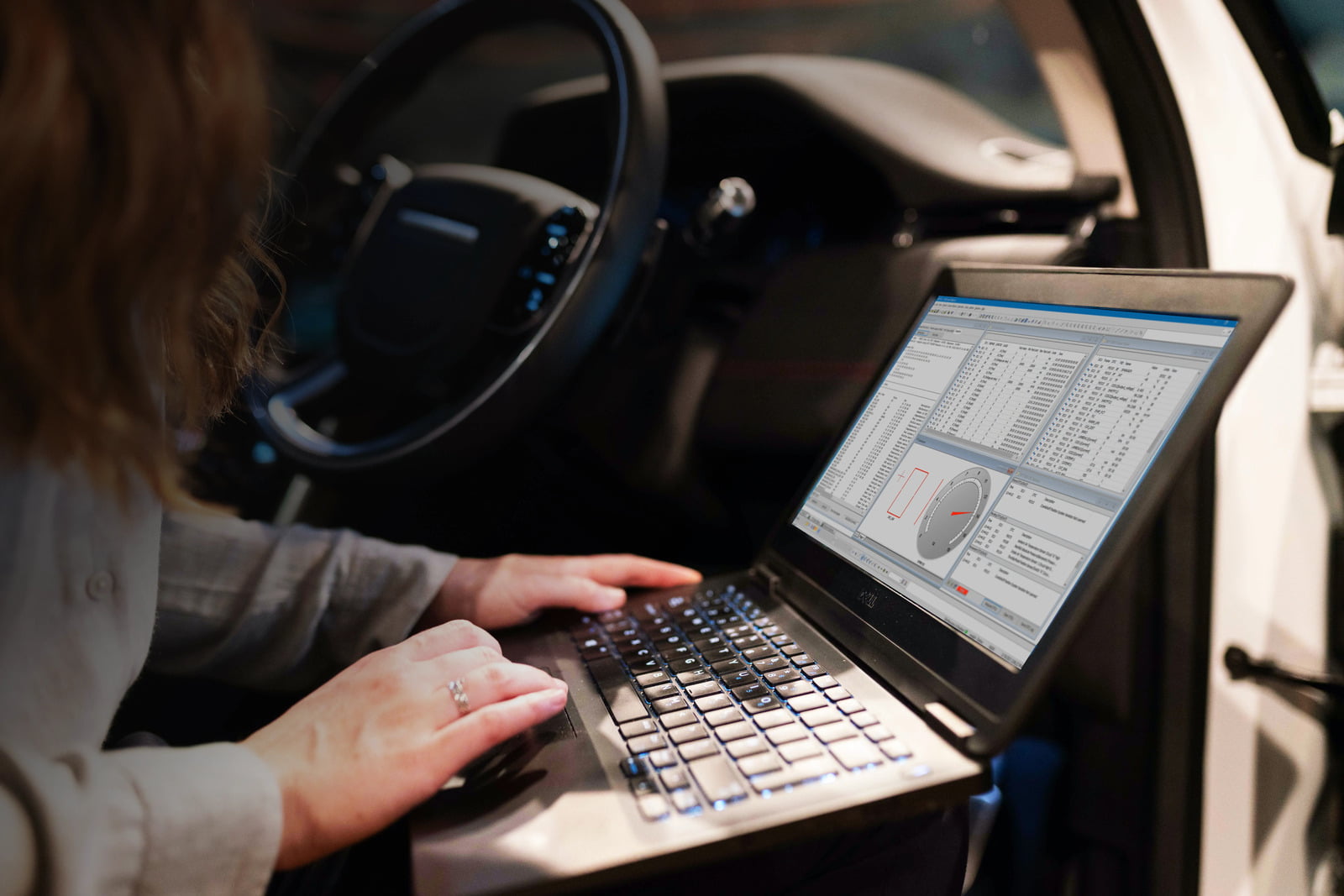Integrated Support for Legislated OBD Functionality
As the automotive industry advances towards increasingly connected and sophisticated vehicles, diagnostics play a crucial role in maintaining vehicle health and ensuring compliance with environmental and safety regulations. At the heart of modern vehicle diagnostics is the OBD-II (On-Board Diagnostics II) protocol, a standardized system that enables real-time monitoring of engine performance, emissions, and a host of other vehicle parameters. The CAN OBDII Toolkit by Accurate Technologies Inc. (ATI) is designed to streamline OBD-II diagnostics and make it more accessible, accurate, and efficient. Let’s dive into how this toolkit enhances diagnostic capabilities and the specific benefits of its integrated support for legislated OBD functionality.
Overview of the CAN OBDII Toolkit

Key Features of the CAN OBDII Toolkit
- Comprehensive Data Acquisition and Logging
The CAN OBDII Toolkit captures real-time data from the vehicle’s CAN network and stores it for analysis. This is essential for understanding vehicle behavior and detecting patterns over time. The system can also export data in industry-standard formats, making it compatible with various analysis tools. - Seamless Integration with VISION Software
ATI’s VISION software platform provides a centralized environment for calibration, data acquisition, and diagnostics. When integrated with the CAN OBDII Toolkit, VISION offers a unified interface that simplifies workflow and ensures that all diagnostic data is readily available in one place. - User-Friendly Diagnostic Trouble Code (DTC) Handling
The toolkit can read and clear DTCs efficiently, helping technicians pinpoint and resolve issues more quickly. With the DTC handling functionality, users can interpret fault codes in real time, aiding in rapid identification of problems and reducing vehicle downtime. - Emission Monitoring and Compliance Checks
One of the essential purposes of OBD-II is to monitor emissions-related components. The CAN OBDII Toolkit provides specific support for legislated emissions monitoring, enabling manufacturers to ensure that vehicles meet environmental regulations and pass inspection. - Customizable Data Views and Reporting
Users can tailor the data display to show only the most relevant parameters, which enhances productivity and focus. The toolkit also allows for the generation of detailed reports, making it easier to share findings or demonstrate compliance with regulatory bodies.
The Benefits of Integrated Support for Legislated OBD Functionality
Integrated support for legislated OBD functionality brings significant advantages, especially for professionals working in automotive development, emissions compliance, and diagnostics. Here are some of the primary benefits:
- Streamlined Compliance with Regulatory Standards
Legislated OBD systems are subject to strict regulations regarding emissions and vehicle safety. With integrated support for these legislated requirements, the CAN OBDII Toolkit enables users to meet these standards more efficiently. This saves time and ensures that the vehicle diagnostic process is aligned with global standards such as those mandated by the EPA and the European Union. - Improved Diagnostic Accuracy and Speed
By providing access to standardized OBD-II data points and legislated monitoring functions, the toolkit reduces the risk of misdiagnosis. Technicians and engineers can access a comprehensive set of parameters and DTCs, helping them quickly identify issues and prevent reoccurrences. - Reduced Development Time and Costs
For OEMs and automotive manufacturers, integrating OBD-II diagnostics into the development cycle can reduce testing costs and time-to-market. The CAN OBDII Toolkit allows developers to perform critical OBD-II checks during development, ensuring that vehicles meet emission standards before they hit production. - Enhanced Emission Control and Environmental Impact
With increasing global attention on emissions and climate impact, legislated OBD functionality helps ensure that vehicles maintain emission standards throughout their operational life. The CAN OBDII Toolkit’s dedicated emissions monitoring capabilities provide early detection of emission-related issues, promoting repairs that keep vehicles within regulatory limits and contribute to environmental sustainability. - Data-Driven Insights for Continuous Improvement
Integrated OBD-II data empowers manufacturers with valuable insights that can drive ongoing product improvement. Through detailed monitoring and data analysis, OEMs can detect recurring patterns or system weaknesses, refining vehicle design and contributing to enhanced durability and performance.
Practical Applications of the CAN OBDII Toolkit in the Field
From development to after-sales service, the CAN OBDII Toolkit is a versatile tool. Here are some specific ways it’s used:
- R&D and Calibration: Engineers can access real-time OBD-II data during development, allowing them to fine-tune engine and emissions systems in compliance with regulatory requirements.
- Regulatory Testing: With the toolkit’s legislated OBD support, manufacturers can verify that new models meet emissions and safety standards before they reach the market.
- Vehicle Servicing and Repair: Technicians can use the CAN OBDII Toolkit to retrieve and interpret DTCs during vehicle service, helping them address customer issues more accurately and efficiently.



